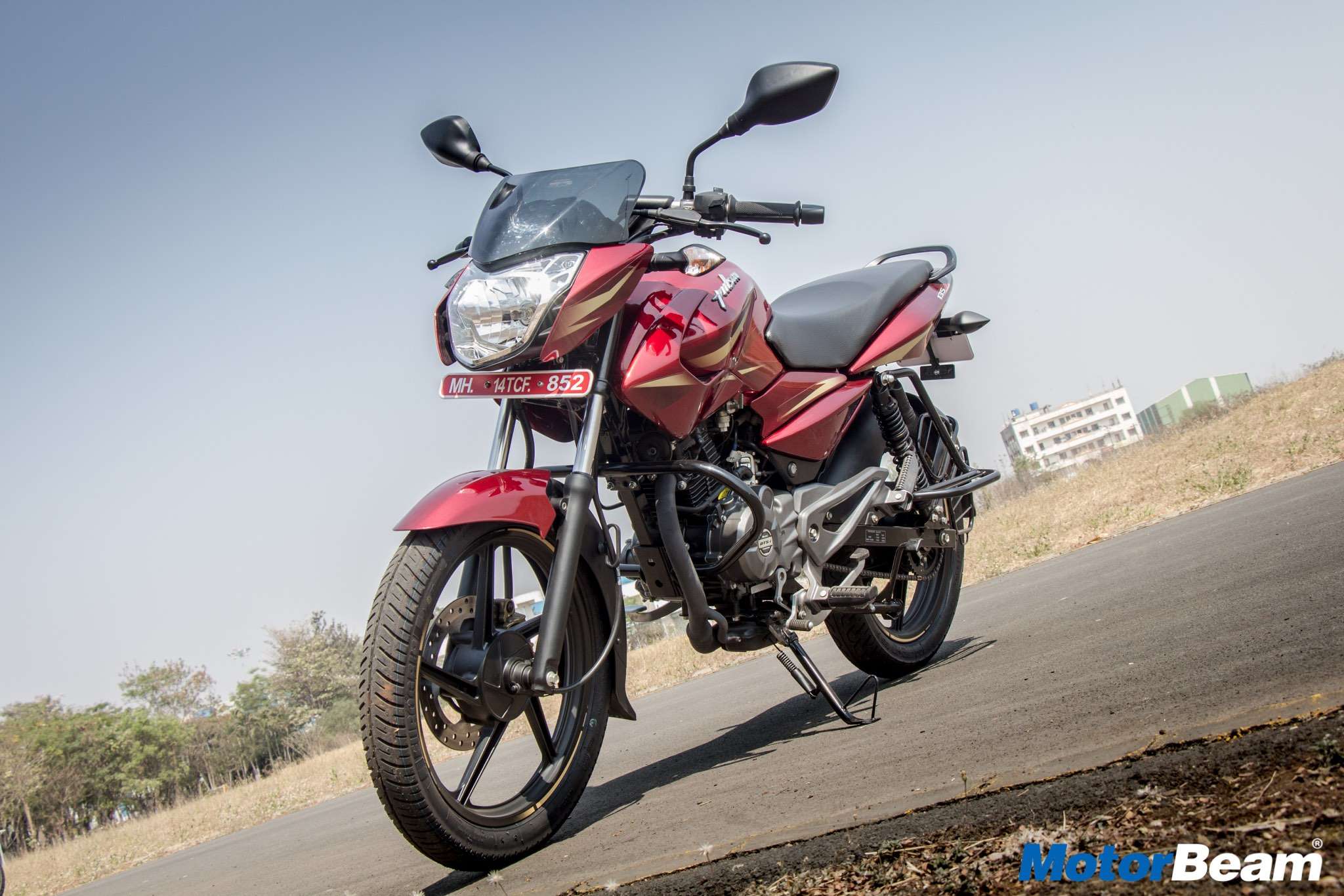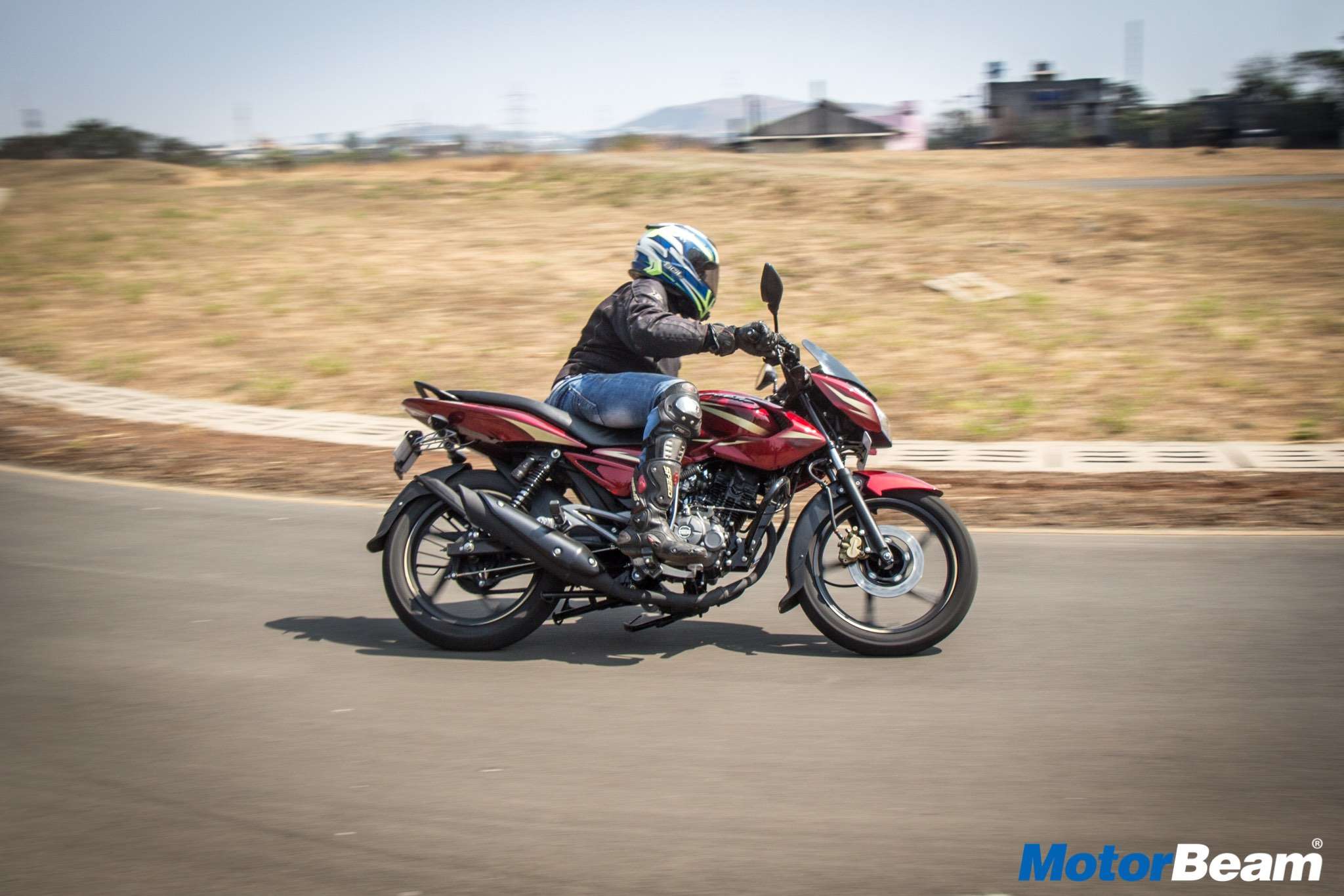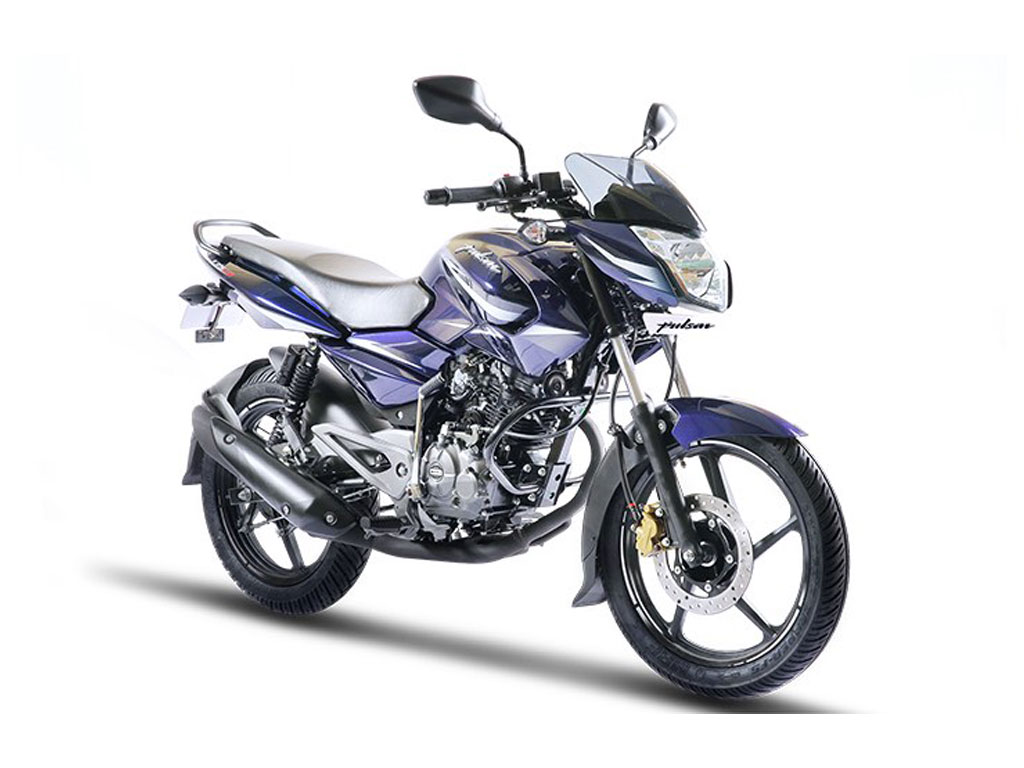
2017 Pulsar 135 LS Review
Bike Tested: 2017 Pulsar 135 LS; Road Test No. 891; Test Location: Chakan
Price OTR Mumbai: Rs. 72,844/-
The 2017 Pulsar 135 LS remains a beautiful package that will appeal to the younger crowd
Off late, India’s volume-intensive motorcycle fragment has become a spectator to evolving preferences of the public. This transition towards high displacement motorcycles is fuelled by the rising product diversity and resutlant ferocity of the competition. Demanding new motorcycles to push the boundaries of performance and value, the end users have emerged as winners of this drama. Without a doubt, 200cc has become the new standard of affordable performance motorcycles in India over the course of a decade. Bajaj Auto, creator of the evergreen Pulsar series, believes that the same applies to lower displacement category of motorcycles as well. And that formed one of the reasons for the Pune-based automaker to position the 2017 Pulsar 135 LS in the commuter space. One wouldn’t have thought that a commuter motorcycle will flaunt the Pulsar badge one day but the motorcycle still retains the ‘Light Sport’ nomenclature intelligently, doesn’t it? Undeniably, there was no better place to put this so-called ‘commuter’ through its paces than at the Chakan test track! Jokes apart, we were keen to find out how well the 2017 Pulsar 135 LS serves its purpose as a commuter motorcycle.
Motor Quest: Launched in 2009, the Pulsar 135 LS became the most affordable motorcycle of the Pulsar family. It was also the first motorcycle from the brand to sport 4-valve DTS-i technology which made it decidedly superior in the performance department. Save for updated colour schemes every now and then, Bajaj Auto hasn’t bothered to revise the package in all these years. With Government’s BS4 sword over the head, the manufacturer was forced to launch the latest Pulsar 135 LS in April 2017. The Pulsar 135 LS is exported to other countries as well, Singapore and Colombia being two of them where the baby Pulsar has significant presence.
The Pulsar 135 LS still looks well-packaged and appealing
Styling – Design of the Pulsar has been a hit or a miss with the masses. While some of them can’t get over the lack of muscle, many of them appraise its clean and proportionate stance. Evolved from the Bajaj XCD 125, the sizeable headlight unit houses twin pilot lamps flanked by sleek tank shrouds. There is an inherent sharpness in the design of the tank and side panels which is further amplified by the lifted tail section. Save for the Laser Edged colour schemes, visual changes to the 2017 version include the seat and grab rails, both of which are single-piece now as opposed to the split arrangement seen on earlier models. New graphics, rim stripes and gunmetal finish on the engine casing further enhance the visual appeal. Said to have incorporated user feedback, the 2017 Pulsar 135 LS also deploys a larger and taller visor up front which provides better protection from wind.
Information on the console is thoughtfully laid out and is easy-to-read
Instrument Cluster and Switchgear – Instrumentation on the 2017 Pulsar 135 LS makes use of faux carbon fibre treatment and revised font for the speedometer dial. Though we’ve been seeing essentially the same console for past 8 years now, there’s no denying the fact that it still holds relevance in front of the competition. Dominating the left side of the console is an analog tachometer which does a full sweep on startup! It gets a light shade background seen on the entire 2017 range of Pulsars. In a show of commendable space utilisation, the large orange-backlit display houses a speedometer, odometer, tripmeter and a digital fuel gauge!
Quality of the backlit switchgear is good for the price
Backlit in white, switchgear on the 135 LS is a straight lift from the Pulsar parts bin which is a major plus at this price point. It houses a kill switch and a high beam flasher too. The headlamp switch is omitted as the motorcycle comes with AHO (all-time headlamp ON) which is a mandatory requirement along with the BS4 update. There are some minor imperfections in the cluster though. Sitting beside the display, the neutral indicator probably needs a microscope to be seen in broad daylight and the button for switching between the odometer and tripmeter readouts feels quite crummy to operate.



